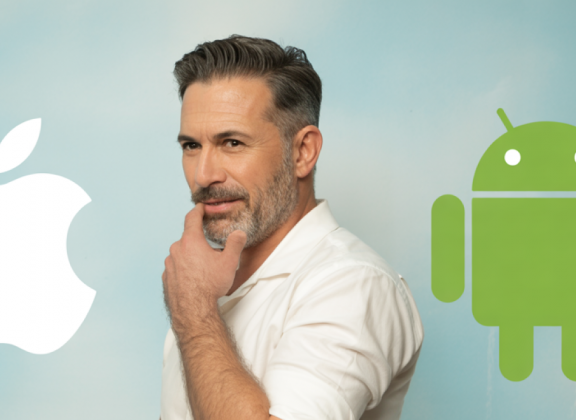As IPTV becomes the go-to method for enjoying television content, choosing the right streaming platform is more important than ever. Whether you’re watching live TV, managing multiple apps, or building a seamless viewing experience across devices, the heart of your setup will likely be either Apple TV or a device running Android TV (or Google TV). Each platform has clear strengths, and this article breaks down the key differences to help you pick the best fit for your home IPTV system.
Setup Experience and Interface Design
Apple TV provides a polished and streamlined experience from the start. The setup is fast, automatic pairing via Apple ID is seamless, and the tvOS interface is clean and easy to navigate—even for beginners.
Android TV, on the other hand, offers a more customizable interface. Users can manage which content rows or app channels appear on the home screen, although layout changes are somewhat limited. The newer Google TV skin adds content curation, but still requires a bit more configuration.
Bottom line: Choose Apple TV for simplicity and minimal setup. Go with Android TV if you want more control over your viewing dashboard.
IPTV App Support and Flexibility
The App Store on Apple TV includes solid IPTV apps like IPTVX, GSE Smart IPTV, and iPlayTV. These apps are well-maintained but typically paid and offer limited flexibility for playlist customization.
Android TV, with its access to the Google Play Store, excels in this area. It supports a large number of free or freemium IPTV apps—such as TiviMate, OTT Navigator, Kodi, and Smarters Player—with rich features like EPG, custom playlists, user profiles, and more.
If you’re looking for the most versatile IPTV apps, Android TV is clearly ahead.
Performance and Video Capabilities
The latest Apple TV 4K model features the powerful A15 Bionic chip, delivering ultra-fast performance and smooth transitions. It supports 4K resolution, HDR10, Dolby Vision, and Dolby Atmos with zero lag—even during multitasking. With Android TV, performance is hardware-dependent. Mid- and high-end devices (like those with Amlogic S905X4 or S922X) perform well, while cheaper boxes may struggle with heavy apps. Some models offer 4K playback and HDR, but Dolby Vision support remains uncommon.
In a direct IPTV performance comparison, Apple TV offers more consistency, while Android TV’s performance varies by price and build quality.
Integration with Other Devices
Apple TV is a natural choice for users already within the Apple ecosystem. It integrates effortlessly with iPhones, iPads, and Macs. You can mirror content using AirPlay, control the device with your iPhone, and connect AirPods for private listening. Siri provides voice control tailored to media use.
Android TV works well with Android smartphones, supports Chromecast, and integrates with Google Assistant and Google Home for smart control. It also syncs seamlessly with YouTube and Google subscriptions.
Verdict: If you’re deeply embedded in either the Apple or Google ecosystem, your choice should match your existing devices for maximum compatibility.
Software Updates and Security
Apple consistently provides system updates across all supported models. This ensures a high standard of security, stability, and app compatibility.
Android TV’s update cycle depends on the device manufacturer. While high-end streaming devices receive timely updates, entry-level models may be left behind, exposing users to outdated software and potential vulnerabilities. Conclusion on safety and reliability: Apple leads in long-term software support and system integrity.
Price and Affordability
Apple TV is one of the most premium streaming boxes available, with pricing that reflects its polished performance and ecosystem perks.
Android TV devices come in a wide price range. From budget-friendly models starting at around $30 to higher-end systems over $100, there’s a model for every user type and budget.
If price is a deciding factor, Android TV is the more accessible option.
Final Verdict: Which Streaming Box Is Right for You?
When comparing Apple TV vs Android TV for home use, consider what matters most:
Prefer seamless integration and high-end performance? Apple TV is a strong contender.
Need flexible app choices, customization, and better pricing? Android TV is a clear winner.
Interested in scheduled viewing, EPG, or IPTV-specific tools? Android’s diversity offers more options.
Already in the Apple world? Sticking with Apple TV ensures the smoothest experience.
In the end, both platforms can serve as powerful IPTV home hubs. Just match your streaming needs, tech preferences, and ecosystem to get the most out of your setup. Whether you choose Apple TV or Android TV, IPTV becomes even more convenient and tailored when built around the right smart media player.
